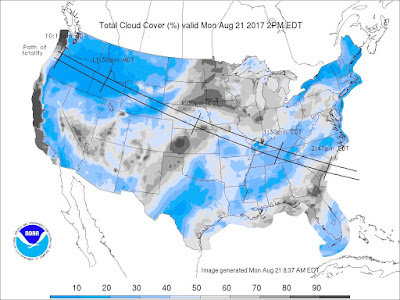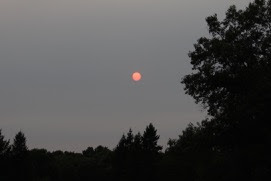 |
| trout stream with habitat improvement
Photo by J. Harrington
|
Minnesota is not the first place that comes to mind when world class trout fishing is mentioned. Some folks down in SE Minnesota, driftless area that stretches into Wisconsin, Iowa an Illinois are working on changing that. This morning we visited the National Trout Center in Preston. We also discovered some trout water with the appearance of some of the English chalk streams we've seen in pictures. The proportion of "designated trout water" on which one could actually cast a fly is disappointing, but Trout Unlimited, especially the local Hiawatha chapter, in partnership with Minnesota Department of Natural Resources and local farmers are improving the balance with habitat improvement projects.
 |
| stream stewardship partners
Photo by J. Harrington
|
Governor Dayton is partway through his series of town hall meetings focused on improving Minnesota's water quality. Not every stream in Minnesota is, or could be, a trout stream, but every one could probably support more recreational uses if there were more access, more promotion and education about the local resources, and more partnerships to enhance the value of Minnesota's waters. Does every river and stream in Minnesota have its own watershed association? Is each and every watershed in Minnesota identified at every bridge crossing and watershed boundary? People don't tend to care much about things they're uneducated about. Much of Minnesota Pollution Control Agency's information is technical and bureaucratic. That's also true to a lesser degree about MNDNR. Minnesota needs more stream stewards, such as Trout Unlimited or the Friend of the Mississippi River. The National Trout Center offers at least one model of the kind of benefits such partnerships can create.
Magnitudes
Earth’s Wrath at our assaults is slow to comeBut relentless when it does. It has to doWith catastrophic change, and with the limitAt which one order more of MagnitudeWill bring us to a qualitative changeAnd disasters drastically differentFrom those we daily have to know about.As with the speed of light, where speed itselfBecomes a limit and an absolute;As with the splitting of the atomAnd a little later of the nucleus;As with the millions rising into billions—The piker’s kind in terms of money, yes,But a million2 in terms of time and spaceAs the universe grew vast while the earthOur habitat diminished to the sizeOf a billiard ball, both relativeTo the cosmos and to the numbers of ourselves,The doubling numbers, the earth could accommodate.We stand now in the place and limit of timeWhere hardest knowledge is turning into dream,And nightmares still contained in sleeping darkSeem on the point of bringing into dayThe sweating panic that starts the sleeper up.One or another nightmare may come true,And what to do then? What in the world to do?
********************************************
Thanks for visiting. Come again when you can.
Please be kind to each other while you can.

























